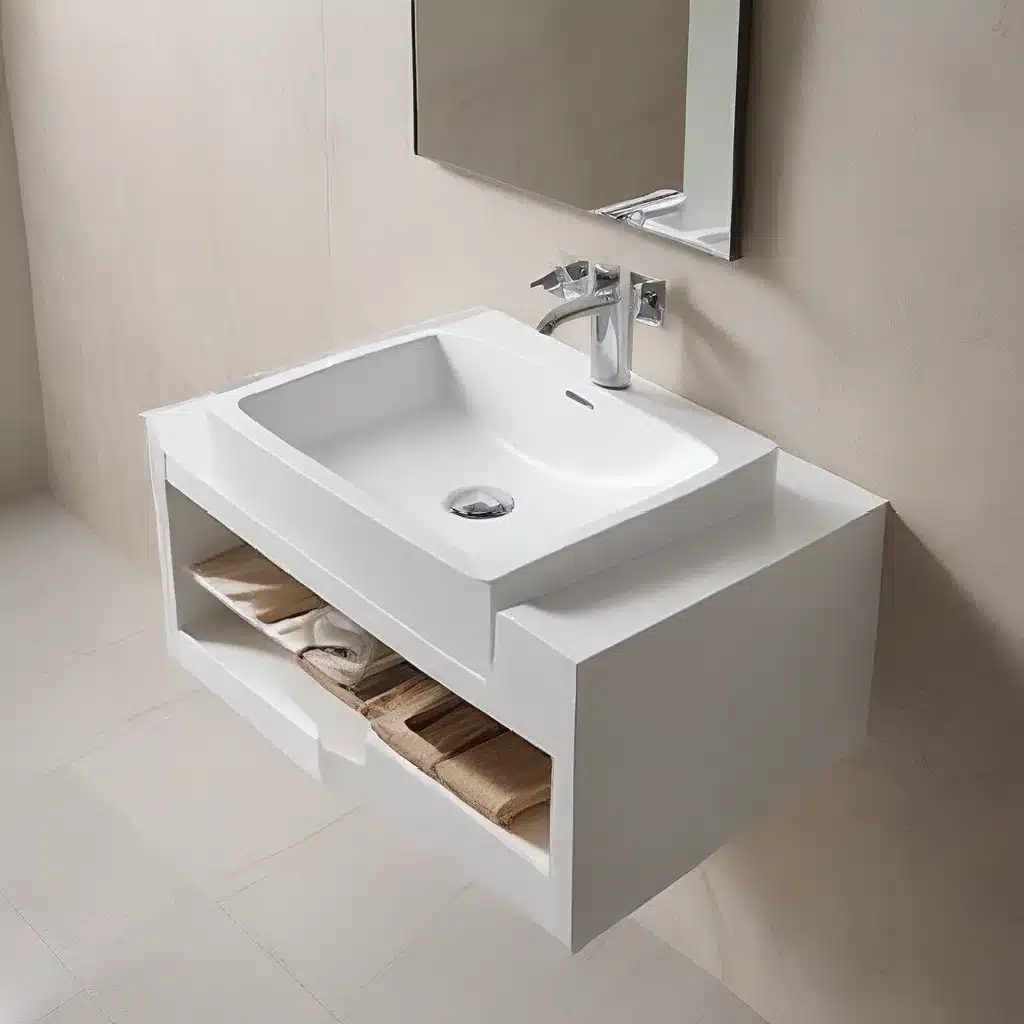
In today’s world, where water scarcity is a growing concern, the importance of water-efficient bathroom fixtures cannot be overstated. Washbasins, commonly known as sinks, play a crucial role in our daily lives, but they can also have a significant impact on our water consumption and environmental footprint. Thankfully, the market has evolved, and homeowners, interior designers, and contractors now have access to a wide range of water-efficient and sustainable washbasin options that can help conserve this precious resource.
Understanding Water-Efficient Bathroom Fixtures
The United States Environmental Protection Agency (EPA) has introduced the WaterSense label, a certification that identifies high-performing, water-efficient bathroom fixtures, including faucets and aerators. These products are designed to use a maximum of 1.5 gallons per minute (GPM), a 30% reduction from the standard flow rate of 2.2 GPM. By retrofitting your bathroom with WaterSense-labeled fixtures, you can save up to 700 gallons of water per year, equivalent to the amount of water needed for 45 showers.
Washbasin Materials: Exploring Sustainable Options
When it comes to washbasin design, the material selection is crucial, as it can impact both the functionality and the environmental footprint of the fixture. Here are some of the most popular and sustainable washbasin materials to consider:
Porcelain
Porcelain is a classic and durable material that is easy to clean and maintain. It is also highly resistant to stains and scratches, making it a popular choice for both residential and commercial applications. Porcelain washbasins are often made from natural clay and mineral materials, making them a sustainable option.
Natural Stone
Natural stone, such as granite, marble, or soapstone, adds a touch of elegance and luxury to any bathroom. These materials are durable, heat-resistant, and can be sourced from renewable natural resources. However, it’s essential to consider the environmental impact of quarrying and transportation when choosing natural stone washbasins.
Engineered Composite
Engineered composite materials, such as quartz or solid surface, offer a blend of style and sustainability. These materials are often made from a combination of natural and synthetic components, resulting in a durable and low-maintenance surface that can mimic the look of natural stone.
Recycled Glass
Recycled glass washbasins are a unique and eco-friendly option that repurposes waste materials into beautiful, one-of-a-kind pieces. These washbasins are not only visually stunning but also help reduce the amount of glass sent to landfills.
| Material | Sustainability | Durability | Maintenance |
|---|---|---|---|
| Porcelain | High | Excellent | Easy |
| Natural Stone | Medium | Excellent | Moderate |
| Engineered Composite | High | Excellent | Easy |
| Recycled Glass | High | Good | Moderate |
Washbasin Design Trends: Embracing Sustainability
In recent years, the washbasin design landscape has evolved, with a growing emphasis on sustainability and water efficiency. Some of the latest trends in washbasin design include:
Minimalist and Floating Designs
Minimalist and floating washbasin designs are becoming increasingly popular, as they not only create a sleek and modern aesthetic but also reduce the overall footprint of the fixture, potentially leading to less material usage.
Integrated Faucets and Touchless Technology
Integrated faucets and touchless technology are gaining traction in the market, as they allow users to control water flow with minimal contact, reducing the risk of water waste and promoting better hygiene.
Repurposed and Upcycled Materials
As consumers become more conscious of their environmental impact, there is a growing demand for washbasins made from repurposed or upcycled materials, such as reclaimed wood, recycled metals, or salvaged ceramic tiles.
Installation and Maintenance: Ensuring Long-Term Efficiency
Proper installation and maintenance are crucial to ensuring the long-term efficiency and performance of water-efficient bathroom fixtures. When installing a new washbasin, it’s essential to follow the manufacturer’s instructions carefully and ensure that the plumbing is properly sealed to prevent leaks.
Regarding maintenance, regular cleaning and inspections can help extend the lifespan of your washbasin and maintain its water-saving capabilities. For WaterSense-labeled fixtures, it’s essential to use the recommended cleaning products and techniques to avoid damaging the water-efficient features.
The Impact of Water-Efficient Washbasins
By upgrading your bathroom to water-efficient washbasins and fixtures, you can make a significant impact on both your household’s water consumption and the environment as a whole. According to the EPA, if every home in the United States replaced existing faucets and aerators with WaterSense-labeled models, we could save nearly 13 billion in water and energy costs and 69 billion gallons of water across the country annually – equivalent to the annual household water needs of more than 680,000 American homes.
Investing in sustainable and water-efficient bathroom fixtures is not only an environmentally responsible choice but also a smart financial decision. Many local governments and utility companies offer incentives and rebates for installing water-saving fixtures, making the initial cost more manageable for homeowners and businesses.
Choosing the Right Washbasin for Your Needs
When selecting a washbasin for your bathroom, it’s crucial to consider a variety of factors, including water efficiency, design, material, and budget. Visiting a reputable retailer, such as https://www.washbasinfactory.com/, can provide you with a wide range of sustainable and high-performance options to choose from, as well as expert guidance to ensure you make the best choice for your needs.
By prioritizing water efficiency and sustainability in your bathroom renovation or new construction project, you can not only reduce your environmental impact but also enjoy the long-term benefits of lower utility bills and a more durable, low-maintenance fixture. So, if you’re ready to make a positive change for the planet and your wallet, consider upgrading to a water-efficient washbasin today.

